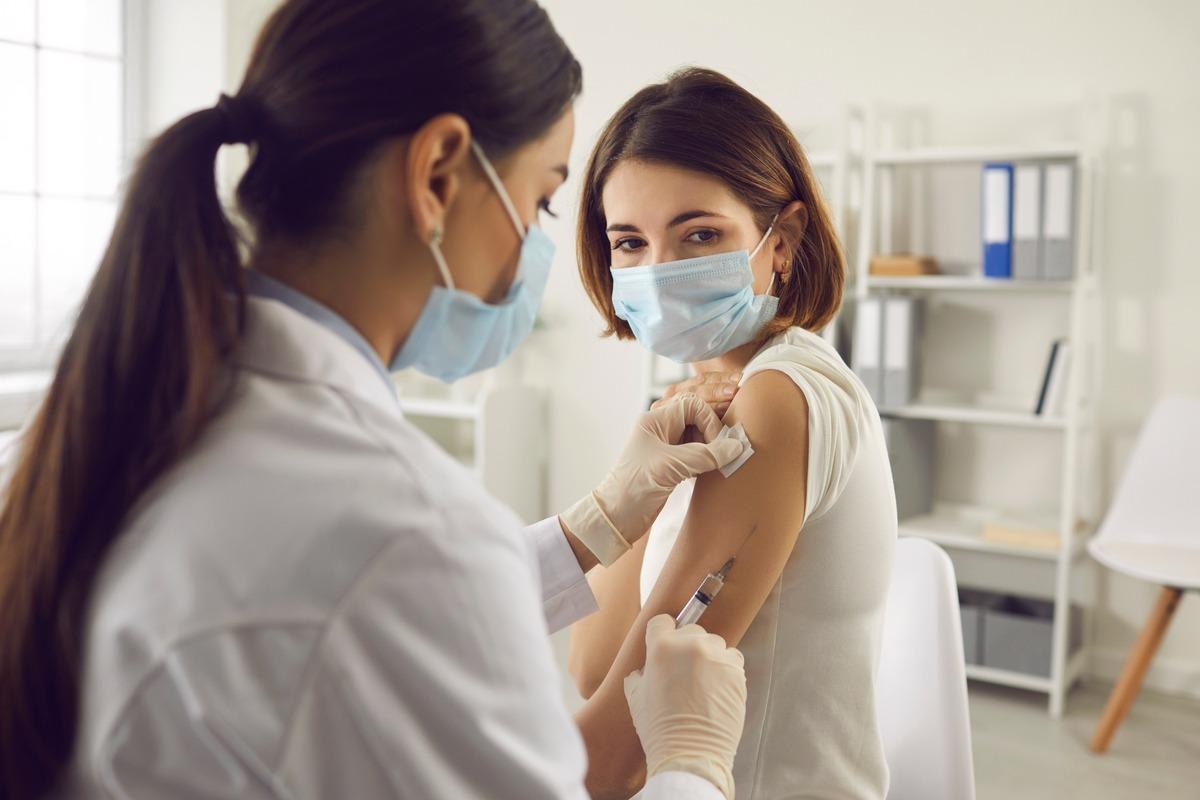Pfizer vaccine associated with lower risk of SARS-CoV-2 infection and hospitalization in middle-aged adults

A new medRxiv* preprint study awaiting peer review found that the Pfizer-BioNTech vaccine was correlated with a 30% lower risk of COVID-19 infection and hospitalization than the AstraZeneca two-dose vaccines. The findings were robust for at least six months when Delta was the dominant strain, showing that there were no differences in waning immunity between both vaccines.
 Study: Comparative effectiveness of the BNT162b2 vs ChAdOx1 vaccine against Covid-19. Image Credit: Studio Romantic/Shutterstock
Study: Comparative effectiveness of the BNT162b2 vs ChAdOx1 vaccine against Covid-19. Image Credit: Studio Romantic/Shutterstock
Led by Junqing Xie of the University of Oxford in the United Kingdom, the findings suggest that the Pfizer-BioNTech mRNA COVID-19 vaccines provide extra protection against severe acute respiratory syndrome coronavirus 2 (SARS-CoV-2) than AstraZeneca. This may help to encourage mRNA vaccines for boosters and encourage mix-and-matching vaccines.
Data collection
The researchers collected participants’ data from the UK BioBank from 2007-2010 that comprises of 500,000 individuals between the ages of 40 and 69 from 2007-2010. The information included sociodemographic, lifestyle, and health-related factors. The researchers focused on people living in England because at the time the vaccination data for Scotland and Wales were not yet available. They included participants who had a one-dose COVID-19 vaccine from January 11, 2021, to February 28, 2021 or a two-dose from March 22, to May 9, 2021.
About 70,097 adults 50 years or older received the first Pfizer-BioNTech dose. A total of 98,551 people opted for the AstraZeneca COVID-19 vaccine. About 67,813 and 89,030 people received two doses of Pfizer-BioNTech and AstraZeneca, respectively.
People who received the Pfizer-BioNTech vaccine were slightly older at an average age of 71.35 compared to the AstraZeneca vaccine takers who averaged at an age of 71.06.b The majority of participants were male and White.
The key differences between vaccination groups were when they got vaccinated and socioeconomic factors such as income. Of the approximate 14,000 people who received one dose of the Pfizer-BioNTech vaccine, 200 people later tested positive for COVID-19 infection. This amounts to an incidence rate of 13.7 for every 1,000 people. Of the approximate 20,000 people with one AstraZeneca dose, 261 people tested positive for SARS-CoV-2, amounting to an incidence rate of 12.6 for every 1,000 people.
However, further adjustments to the analysis (hazard ratio changing to 0.72) favored the Pfizer-BioNTech vaccine as providing the most protection against SARS-CoV-2. The risk of hospitalization was similar to the risk of infection for both vaccines.
Findings
About 1,361 out of 34,991 people who received two doses of Pfizer-BioNTech tested positive for SARS-CoV-2. In contrast, 2,497 people out of 44,084 tested positive after two doses with the AStraZeneca vaccine. The results pointed to the Pfizer-BioNTech vaccine as the most protective against infection and hospitalization.
Unadjusted and adjusted HR were almost identical, favouring BNT162b2. The rates of Covid-19 hospitalisation remained low in both cohorts, but higher amongst ChAdOx1 (IR: 4.55 per 1,000 person-years) compared to BNT162b2 recipients (IR: 3.47 per 1,000 person-years), with adjusted HR of 0.71 favouring BNT162b2,” explained the researchers.
Trends in COVID-19 infection and hospitalization
From January to March 2021, the rate of COVID-19 infections after people received their first doses showed an initial increase before flattening 14 weeks after vaccination.
Although there was a spike in infections 12 weeks after the second dose from June to October 2021. Regardless, results showed the risk of COVID-19 infection was consistently lower in people who received two Pfizer-BioNTech doses versus two doses of AstraZeneca. The rate of infection and hospitalization were consistent for at least 6 months.
Limitations
Several study limitations may have influenced the eventual outcomes. For instance, the differences in testing rates between vaccinated and unvaccinated people who were exposed to SARS-CoV-2 could have influenced the observational data.
The personal information on participants was collected a decade ago and may have changed since then. Although the researchers argue all participants were middle-aged or older, and they expect only minimal changes to socioeconomic status and education. Additionally, other unaccounted variables could alter the association between infection and potentially underestimate the comparative vaccine effectiveness.
*Important notice
medRxiv publishes preliminary scientific reports that are not peer-reviewed and, therefore, should not be regarded as conclusive, guide clinical practice/health-related behavior, or treated as established information.
- xie J, et al. (2021). Comparative effectiveness of the BNT162b2 vs ChAdOx1 vaccine against Covid-19. medRxiv. Doi: https://doi.org/10.1101/2021.12.18.21268039 https://www.medrxiv.org/content/10.1101/2021.12.18.21268039v1
Posted in: Medical Science News | Medical Research News | Disease/Infection News
Tags: Coronavirus, Coronavirus Disease COVID-19, Education, immunity, Respiratory, SARS, SARS-CoV-2, Severe Acute Respiratory, Severe Acute Respiratory Syndrome, Syndrome, UK Biobank, Vaccine

Written by
Jocelyn Solis-Moreira
Jocelyn Solis-Moreira graduated with a Bachelor's in Integrative Neuroscience, where she then pursued graduate research looking at the long-term effects of adolescent binge drinking on the brain's neurochemistry in adulthood.
Source: Read Full Article